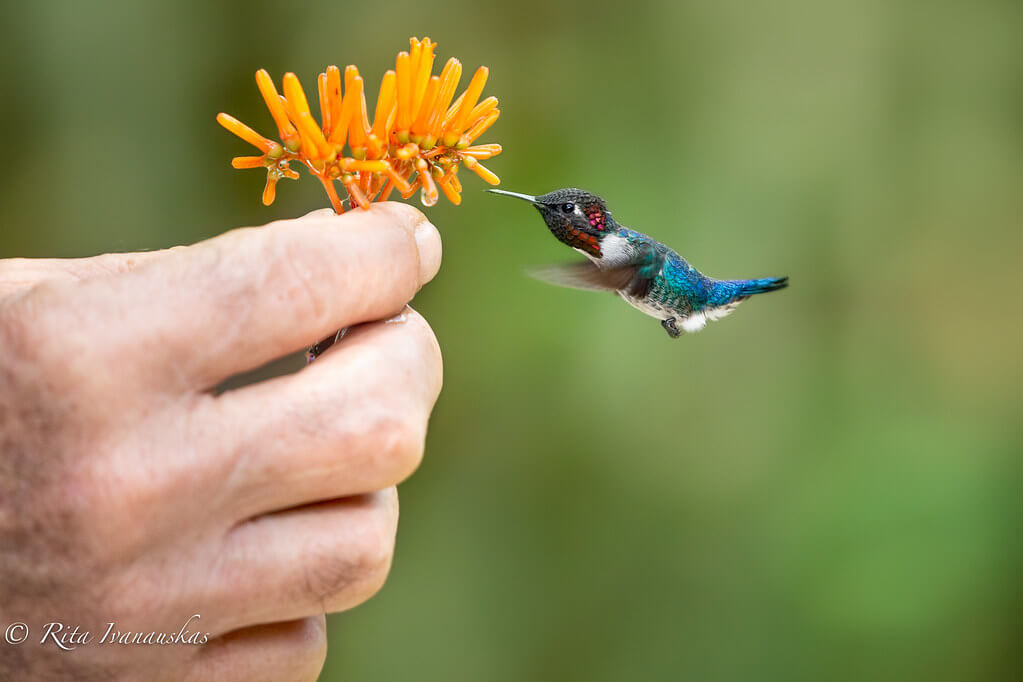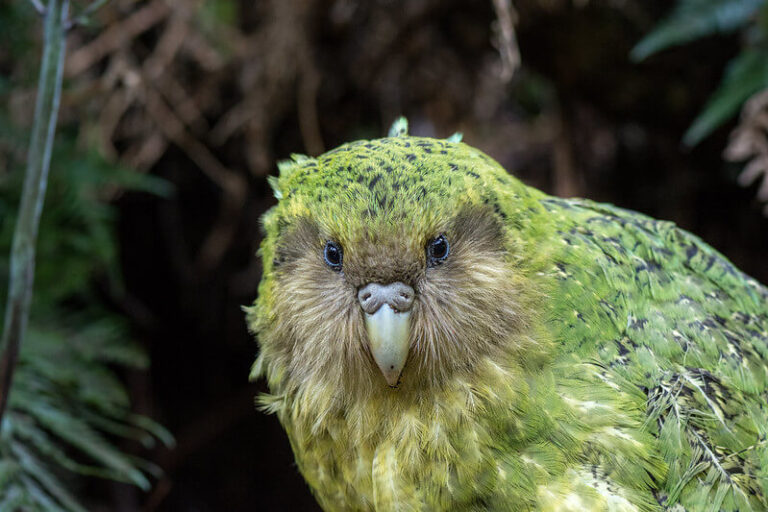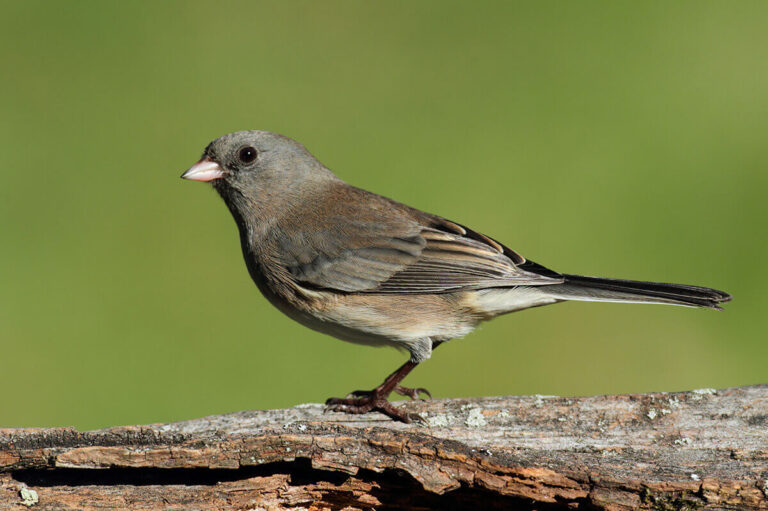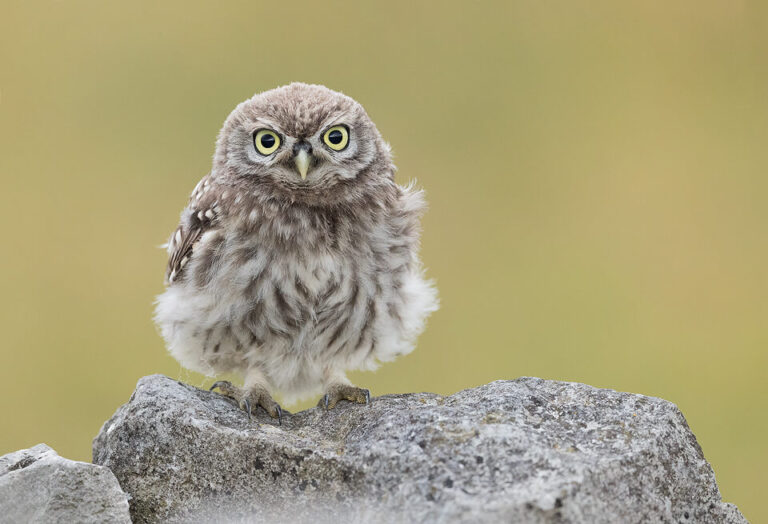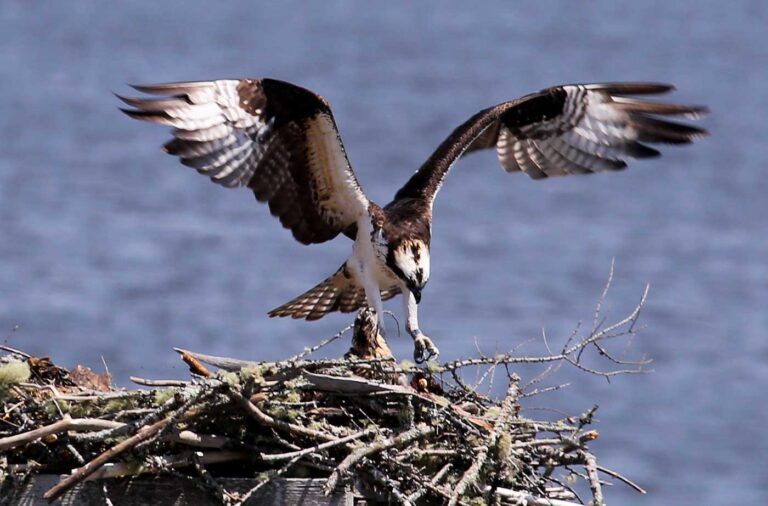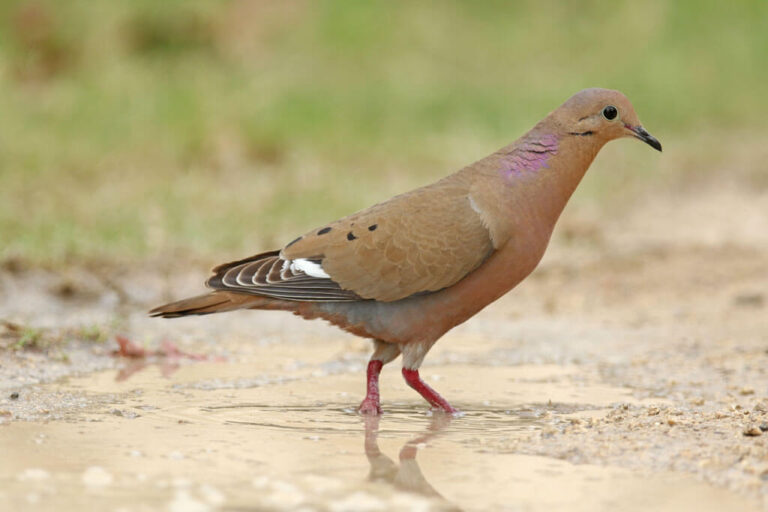Bee Hummingbird: The World’s Smallest Bird
The bee hummingbird (Mellisuga Helena) is a remarkable species known for being the smallest bird on Earth. Despite its diminutive size, this bird boasts fascinating characteristics and behaviors that captivate bird enthusiasts and scientists alike.
In this in-depth article, we will explore the bee hummingbird’s scientific classification, physical characteristics, habitat, behavior, diet, reproduction, predators, and conservation status, along with some interesting facts about its evolutionary history and its relationship with humans.
Contents
Scientific Classification
- Kingdom: Animalia
- Phylum: Chordata
- Class: Aves
- Order: Apodiformes
- Family: Trochilidae
- Genus: Mellisuga
- Species: Mellisuga Helena
The bee hummingbird belongs to the hummingbird family (Trochilidae), a group known for their rapid wing beats and iridescent plumage.
Physical Characteristics
The bee hummingbird is renowned for its incredibly small size:
- Length: Males are about 5–6 cm (2.0–2.4 in) long, while females are slightly larger at 6.1 cm (2.4 in).
- Weight: It weighs around 1.6–2.0 grams, lighter than a dime.
- Plumage: Males have bright, iridescent blue heads and throats, with the rest of their bodies covered in a vibrant green. Females are less flashy, with grayish-white underparts and a greenback.
- Wings: They have extremely rapid wing beats, about 80 beats per second during regular flight and up to 200 beats per second while diving.
- Beak: Their slender, needle-like beaks are perfectly adapted to extracting nectar from flowers.
Habitat
Bee hummingbirds are endemic to the Cuban archipelago, particularly the main island of Cuba and the Isla de la Juventud. They prefer tropical environments, thriving in:
- Coastal forests
- Gardens
- Swamps
- Savannas
- Mountainous regions
They are frequently spotted in areas abundant with flowering plants, as their survival depends heavily on nectar availability.
Behavior
Flight
Bee hummingbirds are expert fliers. Their rapid wing beats allow them to hover mid-air, fly backward, and even upside down, thanks to their specialized ball-and-socket shoulder joints. They are highly territorial and will fiercely defend their feeding areas from other hummingbirds and insects despite their small size.
Territoriality
Both males and females establish feeding territories and will chase away other intruders. Males tend to be particularly aggressive during mating season, protecting not just food sources but also their chosen display areas.
Diet
The primary diet of bee hummingbirds consists of:
- Nectar: They feed on the nectar of various flowering plants, particularly those with red or orange blooms. This high-energy food provides the necessary fuel for their rapid wing movements.
- Insects and Spiders: For protein, they consume tiny insects and spiders, which they catch mid-flight or pluck from flowers.
- Pollination: As they feed, they play an essential role in pollinating flowers by transferring pollen between plants.
Reproduction
Mating Rituals
Male bee hummingbirds perform elaborate courtship displays to attract females. These displays include rapid dives, sharp turns, and fast flight patterns. During mating season, males’ plumage appears brighter and more vibrant due to increased iridescence.
Nesting
After mating, the female takes full responsibility for building the nest, incubation, and caring for the young. Nests are incredibly small, often no bigger than a quarter. They are constructed out of plant fibers, spider silk, and lichens, allowing them to expand as the chicks grow.
Eggs
The female typically lays two tiny, white eggs, each no larger than a pea. She incubates them for around 14–16 days. Once the chicks hatch, they are fed a diet of regurgitated nectar and insects until they fledge after about 18–22 days.
Predators
Given its small size, the bee hummingbird has several predators, including:
- Larger birds, Such as hawks and kestrels, may catch them mid-flight.
- Spiders: Large orb-weaver spiders may trap and kill bee hummingbirds if they become entangled in webs.
- Insects: Praying mantises have been known to ambush hummingbirds, including the bee hummingbird.
Despite these threats, their primary defense is their agility and speed.
Conservation Status
According to the IUCN Red List, the bee hummingbird is currently classified as Near Threatened. The species faces several environmental pressures, including:
- Habitat Loss: Deforestation and habitat fragmentation are major concerns in Cuba, where agriculture and urbanization are reducing the areas available for these birds to feed and nest.
- Climate Change: Changes in weather patterns can disrupt the blooming cycles of flowers, potentially reducing the availability of nectar.
Conservation efforts in Cuba, including habitat preservation and protection of flowering plants, are vital to ensuring the survival of this species.
Interesting Facts
- Smallest Bird: The bee hummingbird holds the title of the smallest bird in the world.
- Fast Heart Rate: Their hearts can beat up to 1,200 times per minute during flight.
- Metabolic Rate: These birds have incredibly high metabolisms, requiring them to consume up to 50% of their body weight in food each day.
- Lifespan: Despite their small size and rapid metabolism, they can live up to 7 years in the wild and 10 years in captivity.
Evolutionary History
Hummingbirds are believed to have evolved from insect-eating swifts over 40 million years ago. The bee hummingbird’s unique adaptations, such as its specialized beak and hovering flight, are thought to have co-evolved with certain flowering plants, allowing it to occupy a unique ecological niche.
Relationship with Humans
Bee hummingbirds, though elusive, have fascinated humans for centuries. In Cuba, they are considered symbols of beauty and resilience. Birdwatchers and ecotourists flock to the country to catch a glimpse of this rare bird, helping to boost local economies through ecotourism. However, human activities such as deforestation and agriculture pose significant threats to their habitat.
Conclusion
The bee hummingbird is an extraordinary species, not only because of its record-breaking small size but also due to its crucial role in pollination and its fascinating behaviors. While it faces threats from habitat loss and environmental changes, ongoing conservation efforts are essential to protect this unique species. As both a marvel of nature and an important pollinator, the bee hummingbird deserves our admiration and continued protection.
- Golden Retriever Pros and Cons: What Every Pet Parent Should Know - 15 September 2025
- Cane Corso Dog Breed: Health, Care, and Lifespan - 14 September 2025
- Catahoula Leopard Dogs: Description, Temperament, Lifespan, & Facts - 21 July 2025

